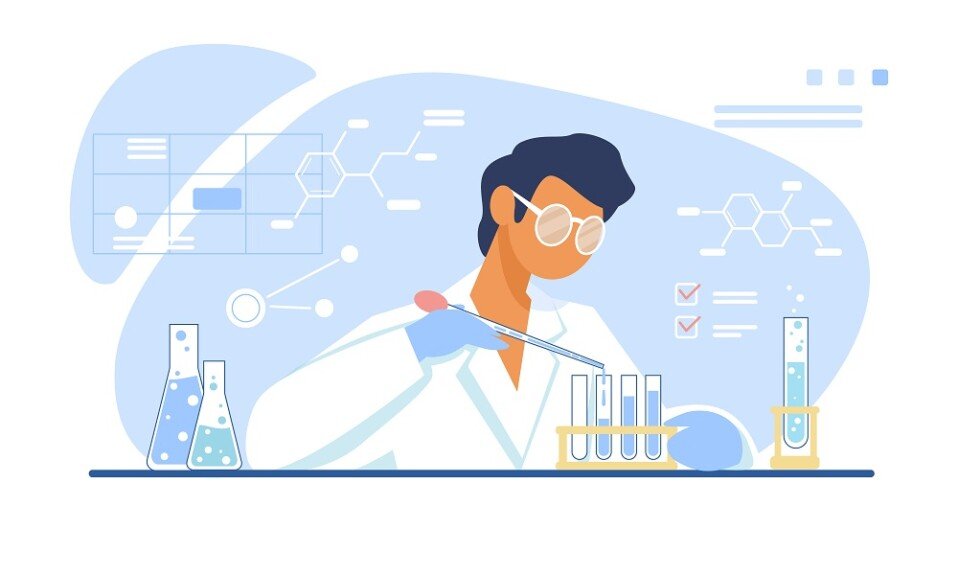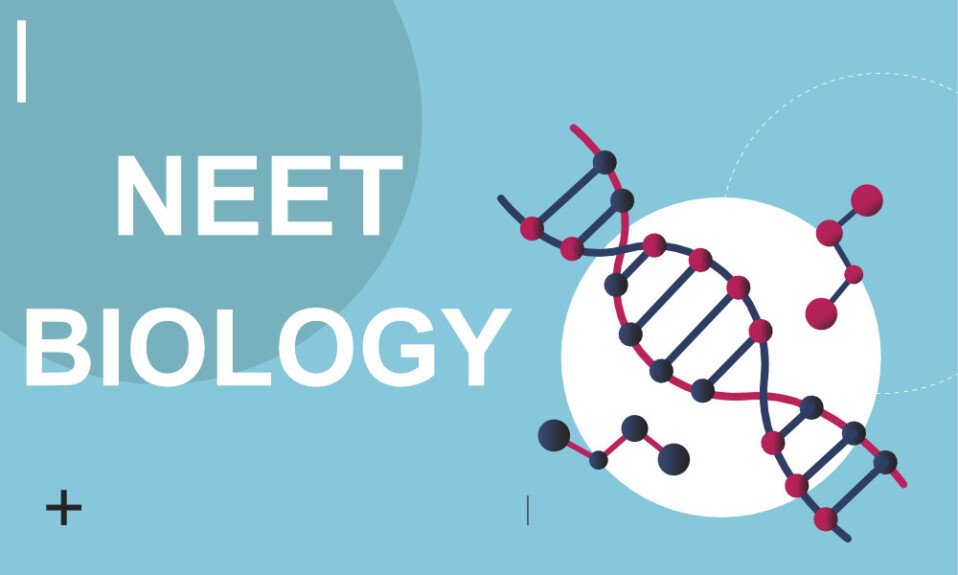1:The general formula of monosaccharides is
(A) CnH2nOn
(B) C2nH2On
(C) CnH2O2n
(D) CnH2nO2n
Answer:(A) CnH2nOn
2:The general formula of polysaccharides is
(A) (C6H10O5)n
(B) (C6H12O5)n
(C) (C6H10O6)n
(D) (C6H10O6)n
Answer:(A) (C6H10O5)n
3:The aldose sugar is
(A) Glycerose
(B) Ribulose
(C) Erythrulose
(D) Dihydroxyacetone
Answer:(A) Glycerose
4:A triose sugar is
(A) Glycerose
(B) Ribose
(C) Erythrose
(D) Fructose
Answer:(A) Glycerose
5:A pentose sugar is
(A) Dihydroxyacetone
(B) Ribulose
(C) Erythrose
(D) Glucose
Answer:(B) Ribulose
6:The pentose sugar present mainly in the heart muscle is
(A) Lyxose
(B) Ribose
(C) Arabinose
(D) Xylose
Answer:(A) Lyxose
7:Polysaccharides are
(A) Polymers
(B) Acids
(C) Proteins
(D) Oils
Answer:(A) Polymers
8:The number of isomers of glucose is
(A) 2
(B) 4
(C) 8
(D) 16
Answer:(D) 16
9:Two sugars which differ from one another only in configuration around a single carbon atom are termed
(A) Epimers
(B) Anomers
(C) Optical isomers
(D) Stereoisomers
Answer:(A) Epimers
10:Isomers differing as a result of variations in configuration of the —OH and —H on carbon atoms 2, 3 and 4 of glucose are known as
(A) Epimers
(B) Anomers
(C) Optical isomers
(D) Stereoisomers
Answer:(A) Epimers
11:The most important epimer of glucose is
(A) Galactose
(B) Fructose
(C) Arabinose
(D) Xylose
Answer:(A) Galactose
12:α-D-glucose and β -D-glucose are
(A) Stereoisomers
(B) Epimers
(C) Anomers
(D) Keto-aldo pairs
Answer:(C) Anomers
13:α-D-glucose + 1120→ + 52.50 ← + 190 βD-glucose for glucose above represents
(A) Optical isomerism
(B) Mutarotation
(C) Epimerization
(D) D and L isomerism
Answer: (B) Mutarotation
14:Compounds having the same structural formula but differing in spatial configuration are known as
(A) Stereoisomers
(B) Anomers
(C) Optical isomers
(D) Epimers
Answer:(A) Stereoisomers
15:In glucose the orientation of the —H and —OH groups around the carbon atom 5 adjacent to the terminal primary alcohol carbon determines
(A) D or L series
(B) Dextro or levorotatory
(C) α and β anomers
(D) Epimers
Answer:(A) D or L series
16:The carbohydrate of the blood group substances is
(A) Sucrose
(B) Fucose
(C) Arabinose
(D) Maltose
Answer:(B) Fucose
17:Erythromycin contains
(A) Dimethyl amino sugar
(B) Trimethyl amino sugar
(C) Sterol and sugar
(D) Glycerol and sugar
Answer:(A) Dimethyl amino sugar
18:A sugar alcohol is
(A) Mannitol
(B) Trehalose
(C) Xylulose
(D) Arabinose
Answer:(A) Mannitol
19:The major sugar of insect hemolymph is
(A) Glycogen
(B) Pectin
(C) Trehalose
(D) Sucrose
Answer:(C) Trehalose
20:The sugar found in DNA is
(A) Xylose
(B) Ribose
(C) Deoxyribose
(D) Ribulose
Answer: (C) Deoxyribose
21:The sugar found in RNA is
(A) Ribose
(B) Deoxyribose
(C) Ribulose
(D) Erythrose
Answer:(A) Ribose
22:The sugar found in milk is
(A) Galactose
(B) Glucose
(C) Fructose
(D) Lactose
Answer:(D) Lactose
23:Invert sugar is
(A) Lactose
(B) Sucrose
(C) Hydrolytic products of sucrose
(D) Fructose
Answer:(C) Hydrolytic products of sucrose
24:Sucrose consists of
(A) Glucose + glucose
(B) Glucose + fructose
(C) Glucose + galactose
(D) Glucose + mannose
Answer:(B) Glucose + fructose
25:The monosaccharide units are linked by 1 → 4 glycosidic linkage in
(A) Maltose
(B) Sucrose
(C) Cellulose
(D) Cellobiose
Answer:(A) Maltose
26:Which of the following is non-reducing sugar?
(A) Isomaltose
(B) Maltose
(C) Lactose
(D) Trehalose
Answer:(D) Trehalose
27:Which of the following is a reducing sugar?
(A) Sucrose
(B) Trehalose
(C) Isomaltose
(D) Agar
Answer:(C) Isomaltose
28:A disaccharide formed by 1,1-glycosidic linkage between their monosaccharide units is
(A) Lactose
(B) Maltose
(C) Trehalose
(D) Sucrose
Answer:(C) Trehalose
29:A disaccharide formed by 1,1-glycosidic linkage between their monosaccharide units is
(A) Lactose
(B) Maltose
(C) Trehalose
(D) Sucrose
Answer:(B) Maltose
30:Mutarotation refers to change in
(A) pH
(B) Optical rotation
(C) Conductance
(D) Chemical properties
Answer:(B) Optical rotation



